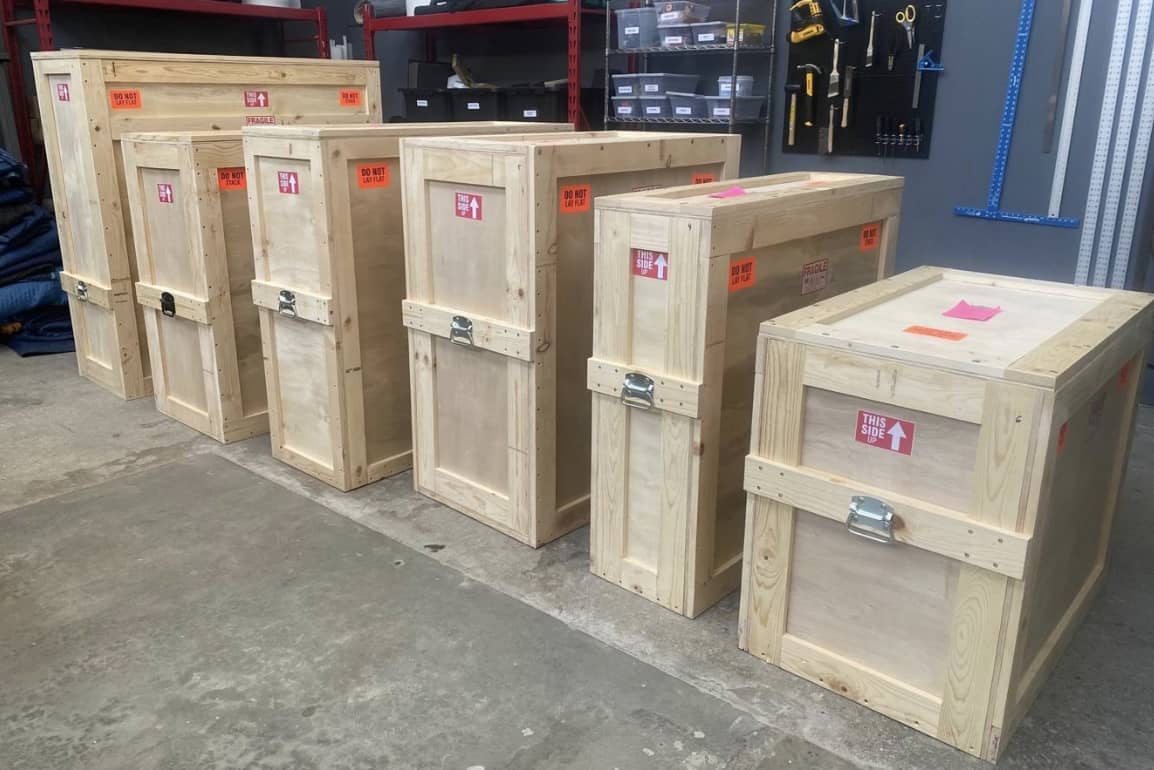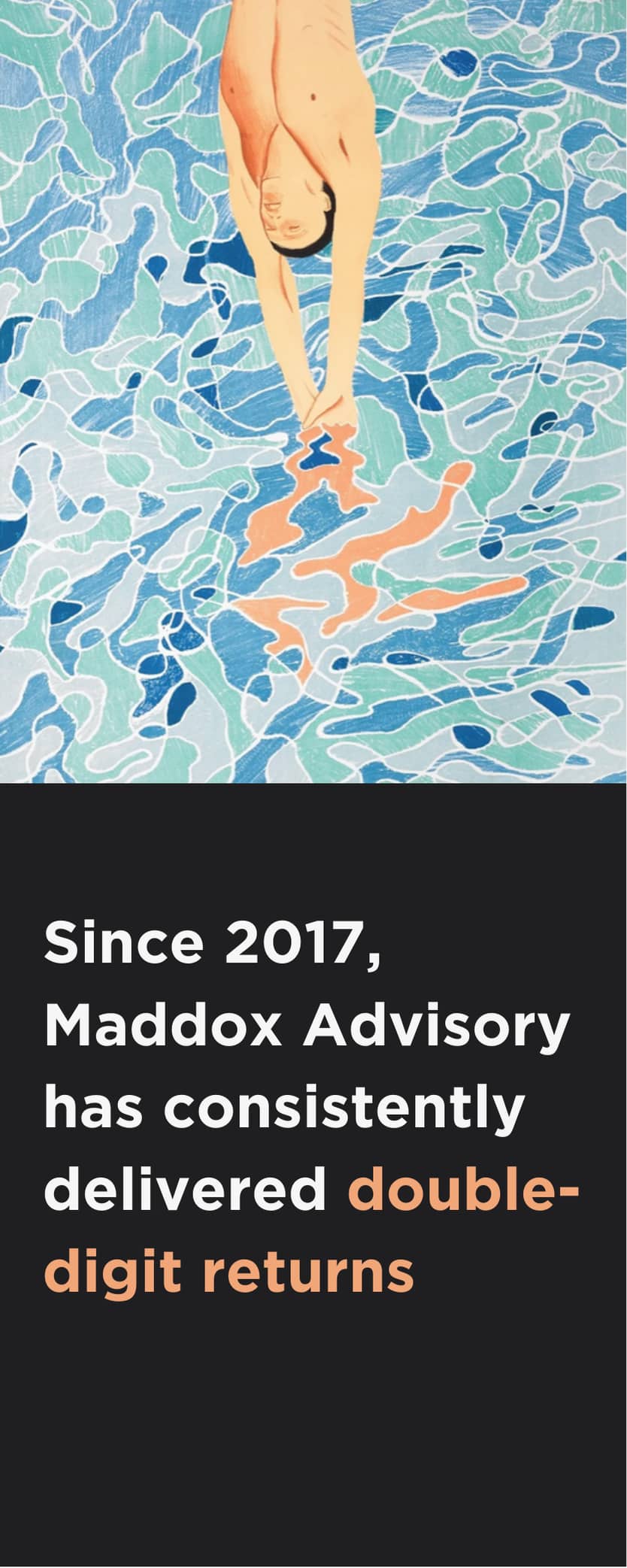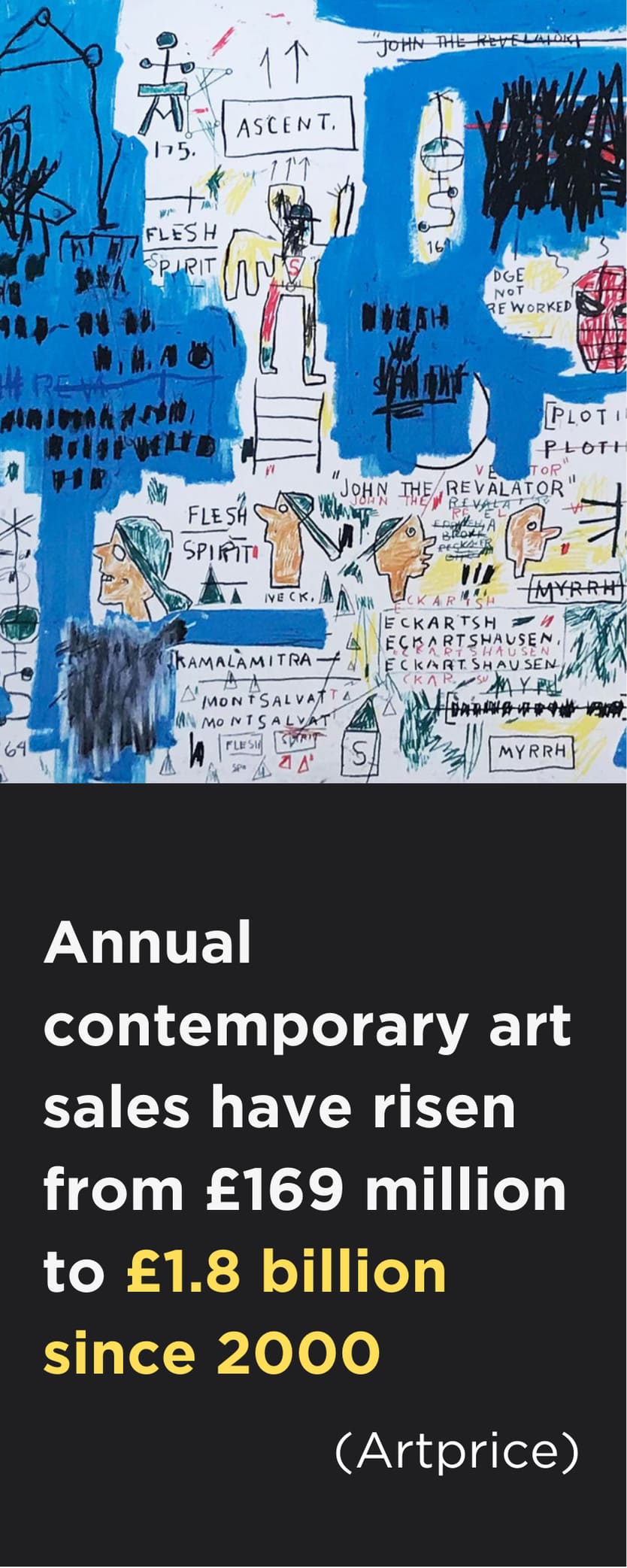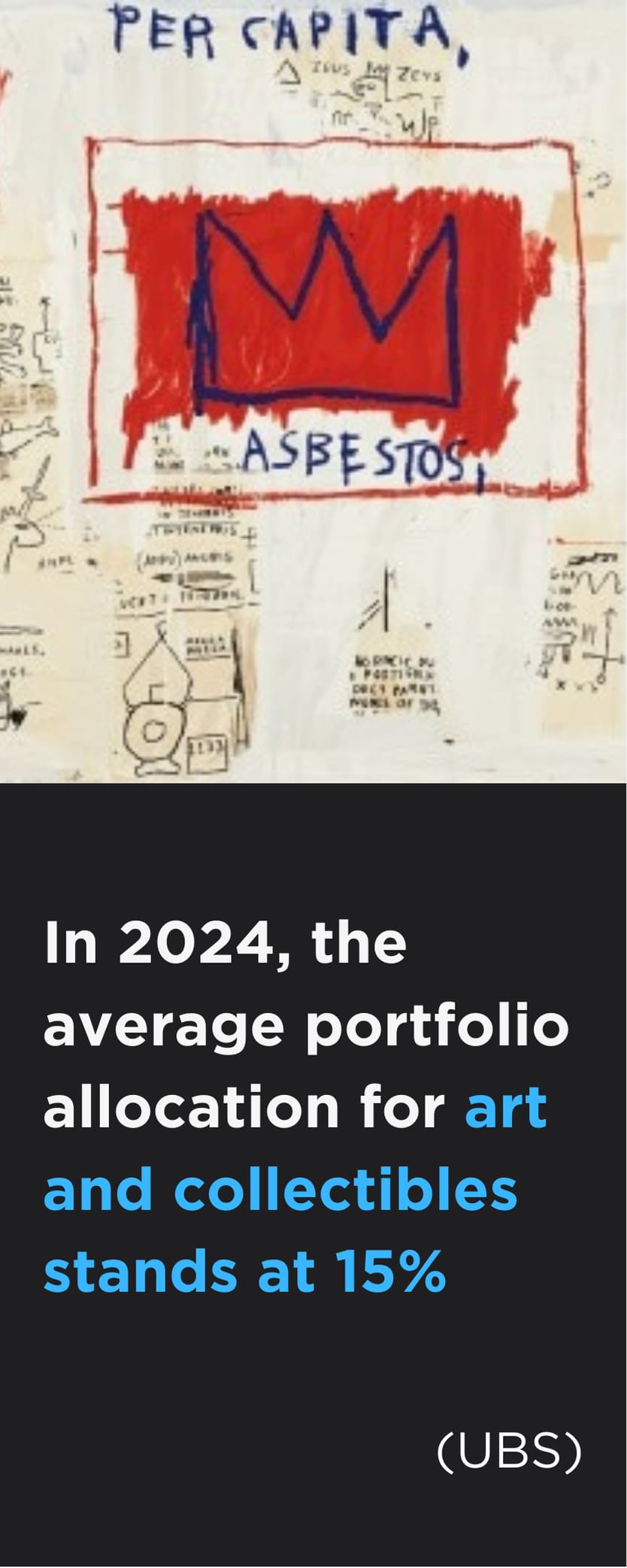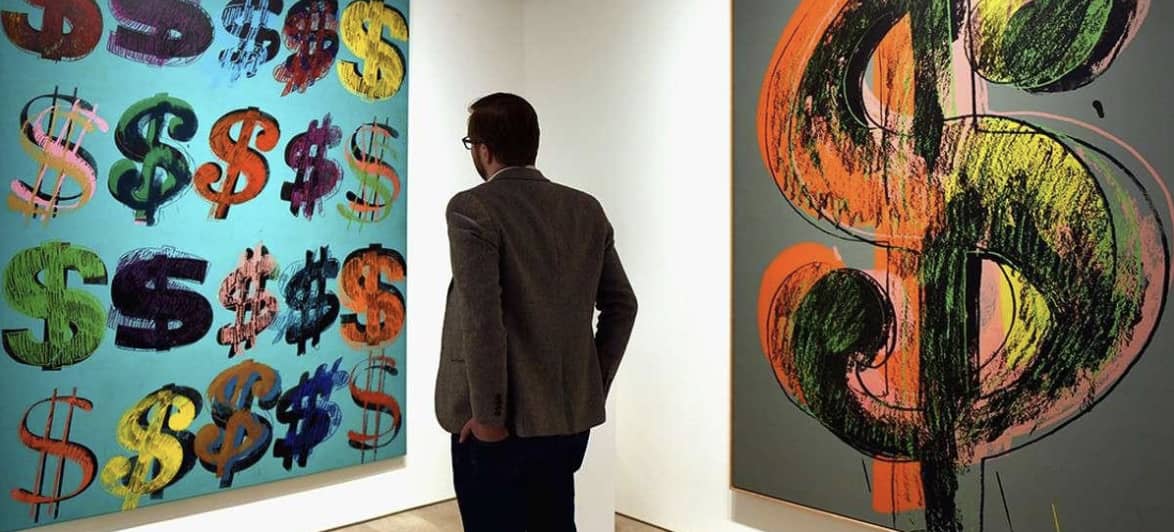
With the potential for significant financial gains, art has long been regarded as an asset class that transcends aesthetics. Requiring more than just an appreciation of beauty, art investors can use dynamic strategies to maximise returns and take advantage of art’s unique nature as an asset class. In this article, we explore a range of different art investment strategies, each tailored to leverage different aspects of the art world, maximise returns, diversify portfolios and capitalise on this ever-evolving market.
#1 Geographic Arbitrage: Exploiting Price Differences Across Locations
One of the most intriguing aspects of the art market is its regional price disparities. Informed investors can engage in geographic arbitrage by identifying opportunities where artworks are undervalued in one location and fetching higher prices in another. This strategy involves careful research into regional art scenes, understanding local preferences and monitoring market trends. By buying in regions with lower prices and selling in areas with higher demand, investors can capitalise on these geographic disparities.

#2 Artwork-Driven Strategies: Capitalising on Influential Factors
Artwork-driven strategies involve analysing the factors that influence the individual prices of artworks. Investors must delve deep into the art world, studying artists, their biographies, exhibition history and the critical reception of their work. These strategies require a keen eye for emerging art market trends and the ability to identify artists with the potential for significant future appreciation. Whether it’s tracking an artist’s career trajectory or recognising the impact of specific artworks on the market, these strategies hinge on meticulous research and a deep understanding of the art landscape.
#3 Regional Art Investment Strategies: Specialising in Specific Geographic Regions
Those with a passion for investing in art from specific geographic regions can utilise regional art investment strategies. This approach involves focusing exclusively on art from specific areas, such as Latin American art or Japanese Contemporary art. By becoming an expert in a niche market, investors can gain an edge by spotting undervalued gems and understanding the cultural nuances that impact art valuation in that region. Regional art investment strategies require an in-depth knowledge of a region’s art history, artists and market dynamics.
#4 Period Strategies: Investing in Art Periods
Specialising in specific art periods, characterised by their distinctive styles and movements, offers investors a unique lens through which to approach their investments. Some may choose to specialise in a particular period, such as Impressionism or Abstract Expressionism. Period strategies require an understanding of the art historical context, key artists and the evolution of artistic movements within the period. By focusing on a specific era, investors can develop a keen sense of which artworks are likely to appreciate over time.
#5 Emerging Artists Strategies: Investing in Promising Talents
Identifying emerging artists with the potential for significant price appreciation is a strategy that involves both risk and reward. These artists may not yet have an extensive track record or a well-established market presence, but their innovative work and growing reputation make them appealing investment opportunities. Investing in emerging artists demands an ability to recognise talent before it reaches mainstream recognition, as well as a willingness to take calculated risks in pursuit of future gains.
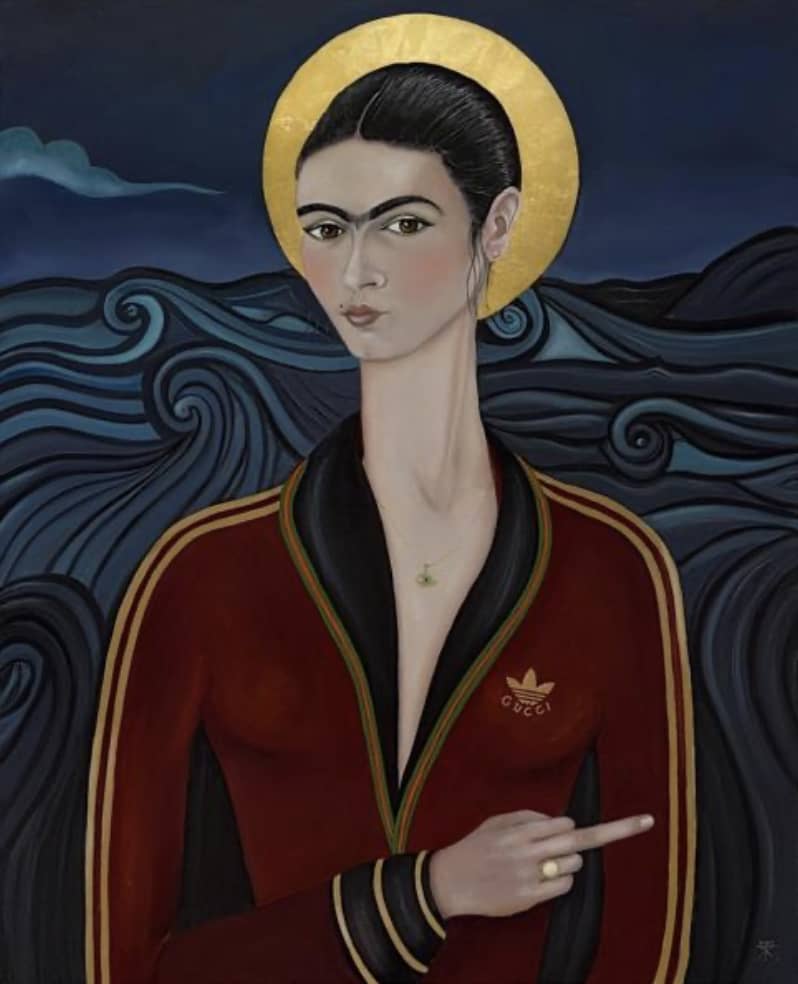
#6 Intrinsic Value Strategies: Acquiring Undervalued Artworks
Intrinsic value strategies focus on acquiring artworks believed to be undervalued in the current market. This approach requires a keen eye for assessing the inherent qualities of an artwork, such as its artistic merit, historical significance and potential for re-evaluation. Investors employing intrinsic value strategies seek hidden gems that may have been overlooked or underappreciated, aiming to profit from their future appreciation as their true worth becomes recognised.
#7 Leveraging Strategies: Expanding Portfolios with Borrowed Funds
Leveraging strategies involve using borrowed funds to expand an art investment portfolio. While this approach can magnify potential returns, it also comes with increased risk, as debt adds a layer of complexity to the investment landscape. Investors must carefully manage leverage ratios and interest costs to ensure that potential gains outweigh the risks involved. Effective risk management is crucial in leveraging strategies.
#8 Distressed Art Investment Strategies: Capitalising on Undervalued Artworks
Distressed art investment strategies revolve around identifying undervalued artworks from collectors facing financial difficulties. In times of economic downturns or personal financial crises, collectors may be compelled to sell their artworks at discounted prices. Investors employing this strategy seek to acquire quality art at a fraction of its true market value, with the anticipation of profiting when the art market rebounds, or the artwork’s value is recognised.
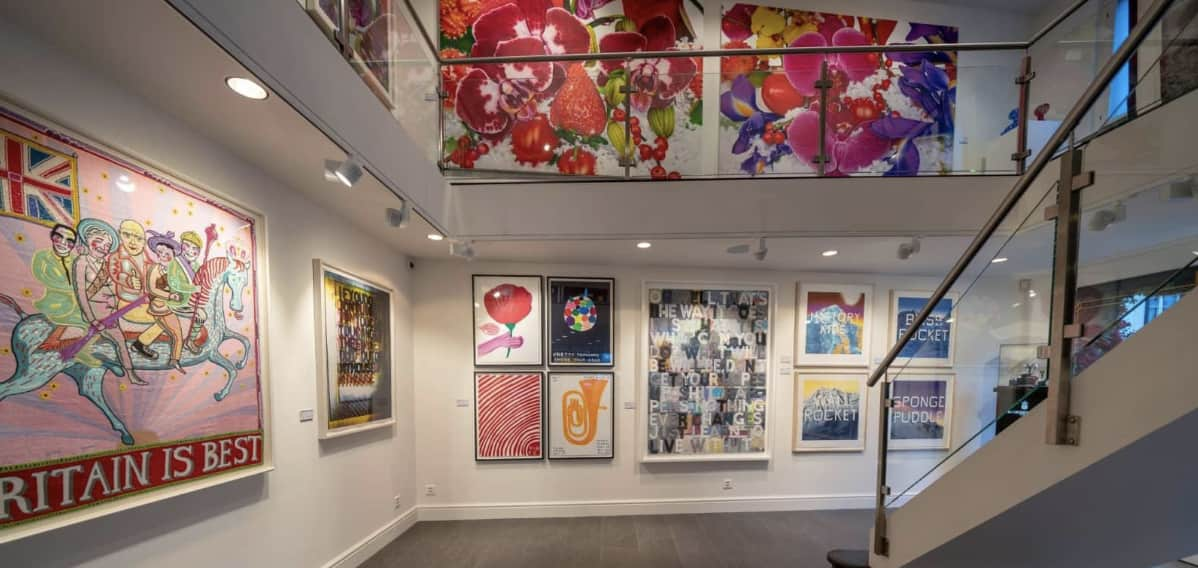
#9 Showcasing Strategies: Enhancing Portfolio Value through Prestigious Gallery Shows
Art investors can enhance the value of their portfolios by strategically placing artworks in prestigious gallery shows. A showcasing strategy can generate buzz, attract potential buyers and help elevate an artist’s profile in the art world. Investors need to forge relationships with influential galleries and curators to gain access to these coveted opportunities. A showcasing strategy can be particularly effective for emerging artists looking to gain recognition.
#10 Bulk Buying Strategies: Obtaining Favourable Pricing through Large-Scale Acquisitions
Bulk buying strategies involve acquiring multiple artworks in a single transaction. This approach allows investors to negotiate favourable pricing with sellers, based on their willingness to make significant purchases. A strategic manoeuvre used by investors looking to build diversified portfolios efficiently, bulk buying requires a substantial capital investment but can result in significant cost savings per artwork.
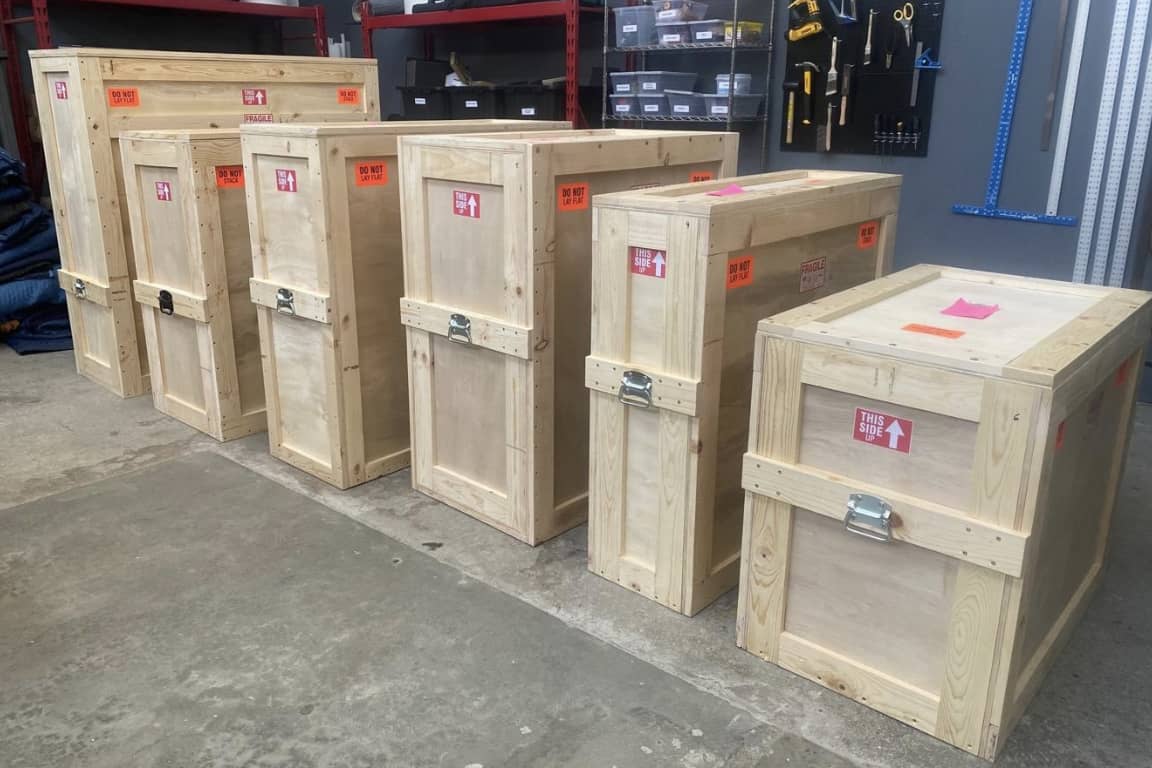
#11 Medium Strategies: Leveraging Expertise in Specific Artistic Mediums
Investors with a deep understanding of specific artistic mediums, such as photography or sculpture, can leverage their expertise to identify undervalued works within those categories. Medium strategies require a nuanced understanding of the medium’s history, techniques and market dynamics. By specialising in a particular medium, investors gain a competitive edge in recognising investment-worthy pieces.
Art Investment Strategies: Not a One-Size-Fits-All Endeavour
Buying art as investment is a dynamic landscape that offers various strategies to suit investors’ preferences, risk tolerance and expertise. Whether investors opt for geographic arbitrage, artwork-driven strategies or any of the other approaches mentioned, success in the art market requires a commitment to research, a passion for the art world and a willingness to adapt to the ever-changing dynamics of this asset class. By embracing these strategies, art investors can unlock the canvas of opportunity and expand their potential for reaping the financial rewards.
The value of investments can go down as well as up, and past performance is not guarantee of future performance. Return figures shown are gross; fees, including a 20% performance commission, may apply. Liquidity is not guaranteed. Terms, limitations, and withdrawal conditions apply. Minimum recommended investment is £20,000. Maddox Advisory is not FCA-regulated and does not give financial advice. Seek independent advice before investing.
